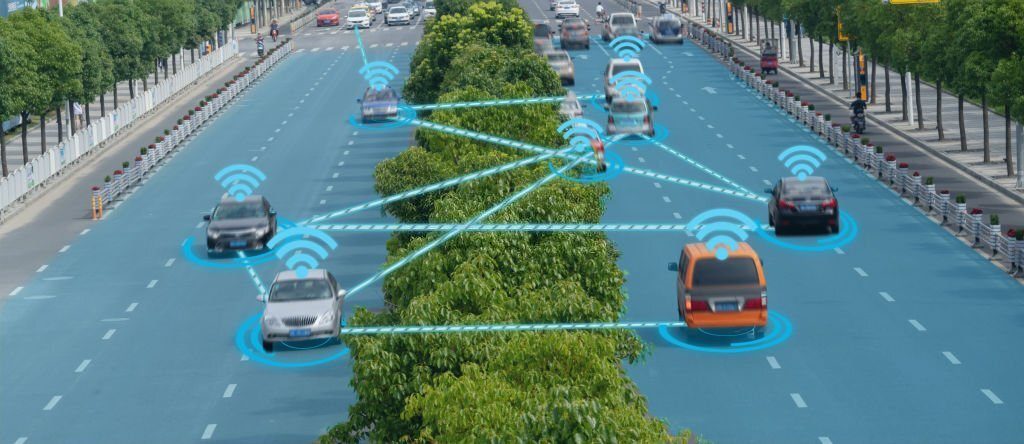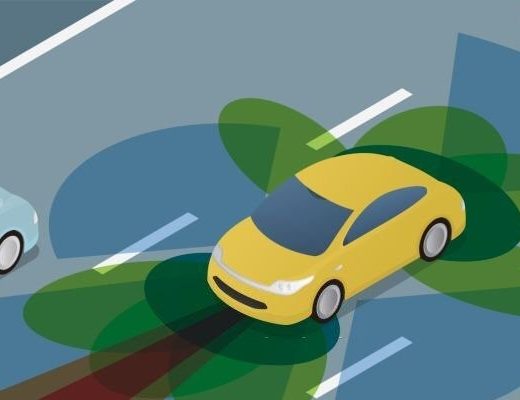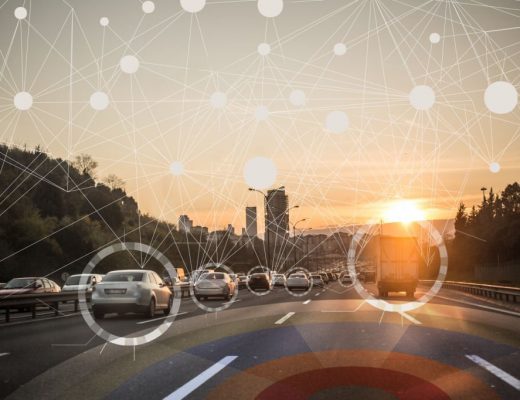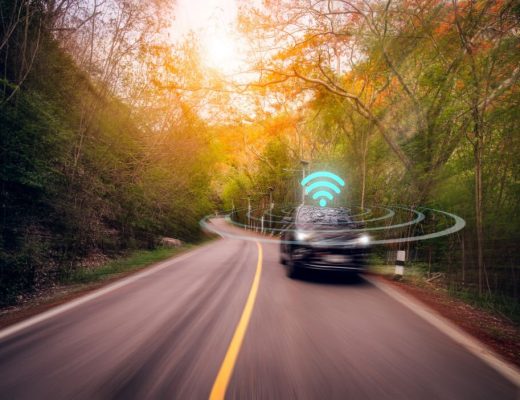With the rapidly increasing vehicle population in India’s metropolitan cities and towns, traffic management has become a challenging task. Addressing this issue and minimizing traffic problems is crucial for ensuring safer and more efficient transportation. One established route to achieve this is through the implementation of Intelligent Transportation Systems (ITS). The use of IoT/ICT technology in the automotive sector, particularly through Machine-to-Machine (M2M) enabled transportation systems, holds the potential to resolve various traffic-related issues.
IoT/ICT Technology: Transforming India’s Automotive Sector
IoT/ICT technology offers a comprehensive solution by enabling various forms of communication between vehicles, pedestrians, infrastructure, and networks. Vehicle-to-Vehicle (V2V), Vehicle-to-Pedestrian (V2P), Vehicle-to-Infrastructure (V2I), and Vehicle-to-Network/Application (V2N) communications play a critical role in enhancing traffic safety and efficiency. Timely and reliable data transmission is paramount, as delayed or lost data would hold no value in traffic management. In this regard, Technical Reports on Communication Technologies in M2M/IoT Domain, released by TEC, have covered both cellular and non-cellular communication technologies along with their use cases.
Unlocking the Potential of Embedded SIM
Embedded SIM or M2M SIM proves to be a valuable asset for vehicle tracking services, given its tamper-proof nature and ability to withstand harsh conditions such as vibrations, temperature, and humidity. Embedded SIM technology offers a long lifecycle of around 10-15 years, with the potential to hold subscriptions from multiple telecom service providers. This enables seamless switching between providers and ensures uninterrupted service even in areas with limited signal availability. The provision of Embedded SIM services is facilitated through network elements like SM-DP and SM-SR.
Diverse Use Cases in the Automotive Sector
The applications of IoT/ICT technology in the automotive sector are vast, catering to different local requirements. Some prominent use cases include vehicle tracking, emergency e-call services (911/112), V2X applications, traffic control, navigation, infotainment, fleet management, asset tracking, intelligent transport systems, waste management, smart parking, school bus tracking, and more.
V2X Technology: DSRC and C-V2X
Two significant technologies for V2X applications are DSRC (Dedicated Short Range Communications) and C-V2X (Cellular Vehicle-to-Everything). DSRC technology, based on IEEE 802.11p standards, enables short to medium-range wireless communication for critical safety applications. In contrast, C-V2X, based on 3GPP specifications, combines short-range direct communications and long-range network communications, providing direct and network-assisted safety features.
C-V2X: Paving the Way for Connected Vehicles
C-V2X offers advanced features like forward collision warning, emergency electronic brake lights, intersection movement assist, platooning, and more. It operates in the 5.9 GHz spectrum band, allowing vehicles to communicate with each other on a dedicated, harmonized spectrum. The 3GPP specifications for C-V2X have evolved, with 5G NR C-V2X offering further improvements and backward compatibility with Rel 14 C-V2X.
Driving India’s Connected Vehicle Revolution
As India continues to embrace the connected vehicle revolution, it is essential for all stakeholders, including automakers, telecom operators, highway authorities, and traffic infrastructure agencies, to collaborate in developing a robust V2X strategy that aligns with India’s unique requirements.
Metro Infrasys: Pioneering India’s Connected Future
As a leader in advanced traffic management solutions, Metro Infrasys is at the forefront of driving India’s connected future. By leveraging V2X technology, we aim to revolutionize traffic management, enhance safety, and create a seamless transportation network that benefits every citizen. Let’s come together to pave the way for a smarter, safer, and more connected India.
Spectrum Allocation in India
In India, the current National Frequency Allocation Plan allows for the use of the frequency band 5875 – 5925 MHz for Intelligent Transport Networks (IND 30). This spectrum band holds the potential for being allocated for C-V2X (Cellular Vehicle-to-Everything) technology, making it even more crucial in driving India’s connected vehicle ecosystem. With a suitable allocation of around 30 MHz within this range, C-V2X can further flourish and contribute to transforming India’s traffic management landscape.



